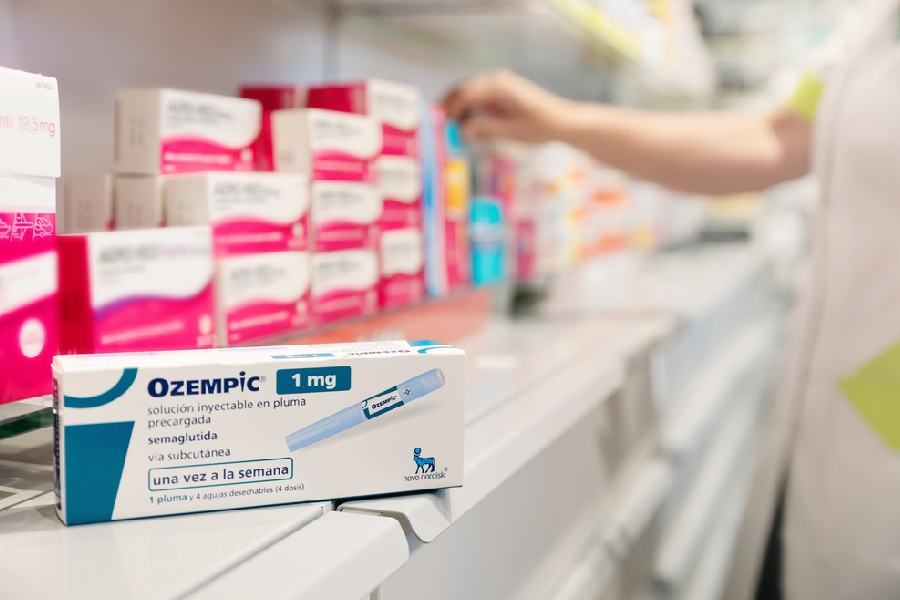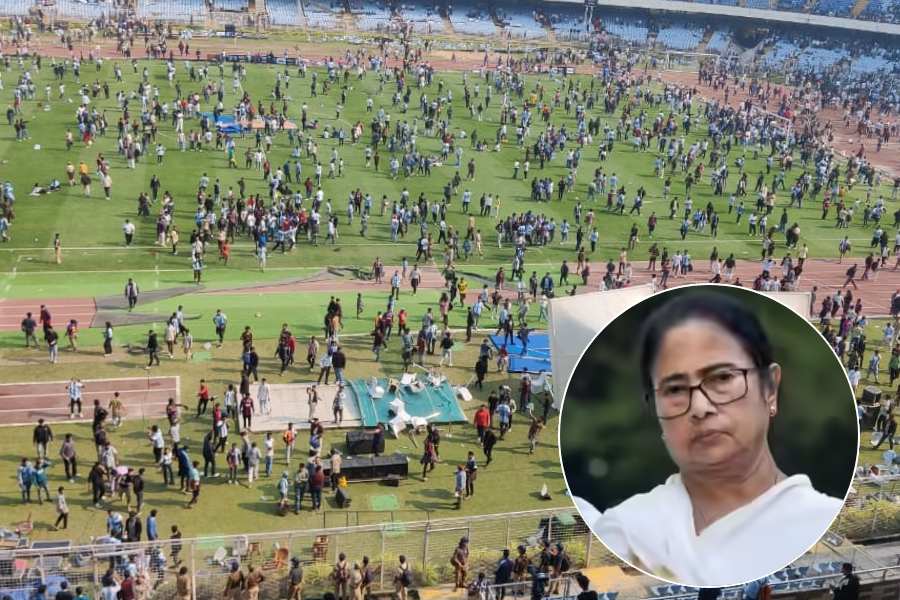Nearly half of India’s adults do not engage in sufficient physical activity and could face enhanced risks of cardiovascular or other disorders, according to a study by World Health Organisation researchers released on Tuesday.
The study has estimated that India’s proportion of adults aged 18 years or older without sufficient physical activity has more than doubled over the past two decades — from around 22 per cent in 2000 to 33 per cent in 2010 to 49 per cent in 2022.
If the 2010-2022 trends persist, India’s prevalence of adults, who do not meet the recommended physical activity levels, will rise to nearly 60 per cent by 2030, according to the study that has analysed physical inactivity levels across 197 countries and territories.
The data indicate that nearly one-third (31 per cent) of adults worldwide or around 1.8 billion people did not meet the WHO recommended levels of 150 minutes of moderate-intensity or 75 minutes of vigorous-intensity exercise or equivalent per week in 2022. This is expected to further rise to 35 per cent by 2030.
Physical inactivity puts adults at greater risk of cardiovascular events such as heart attacks or strokes and diseases such as diabetes, dementia and cancers of the breast and colon. “Physical inactivity is a silent threat to global health, contributing significantly to chronic diseases,” Ruediger Krech, the director of health promotion at WHO, said in a media release. “We need to find innovative ways to motivate people to be more active, considering factors like age, environment and cultural background.”
The WHO researchers and their collaborators who analysed population-based data from 197 countries have found the highest physical inactivity rates in the high-income Asia Pacific region (48 per cent) followed by South Asia (45 per cent).
The study published on Tuesday in The Lancet Global Health, an international medical journal, has also noted disparities between gender and age. Physical inactivity is more common among women (34 per cent) globally compared with men (29 per cent). People above 60 are less active than younger adults.
Researchers say promoting physical activity will require more than merely motivating individuals. “It will require…creating environments that make it easier and safer for everyone to be more active in ways they can reap the health benefits of physical activity,” Fiona Bull, the head of the WHO unit for physical activity, said in the release.
Indian doctors familiar with obesity trends in the country said the study’s findings aren’t surprising. While it is good to have had socio-economic development, it has unfortunately been accompanied by rising levels of inactivity, said Viswanathan Mohan, a diabetes specialist in Chennai who was not associated with the study.
Liquor intake to rise
An independent WHO report on alcohol consumption worldwide, also released on Tuesday, projected that India’s alcohol per capita consumption will rise from 4.9 litres at present to 6.7 litres by 2030.
The report has estimated that India’s alcohol-attributable death rate is 38.5 per 1,00,000 population, exceeding China’s 16.1 per 1,00,000 population. Among the 2.6 million alcohol-attributable deaths worldwide, 4,82,000 occur in India.










